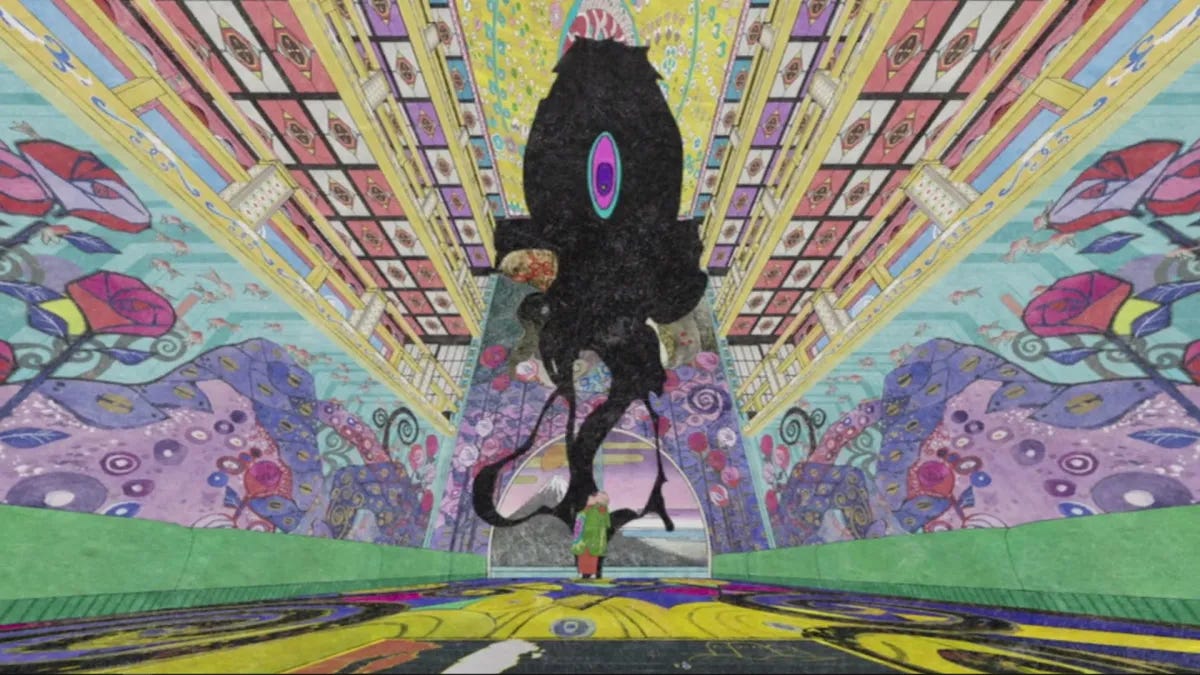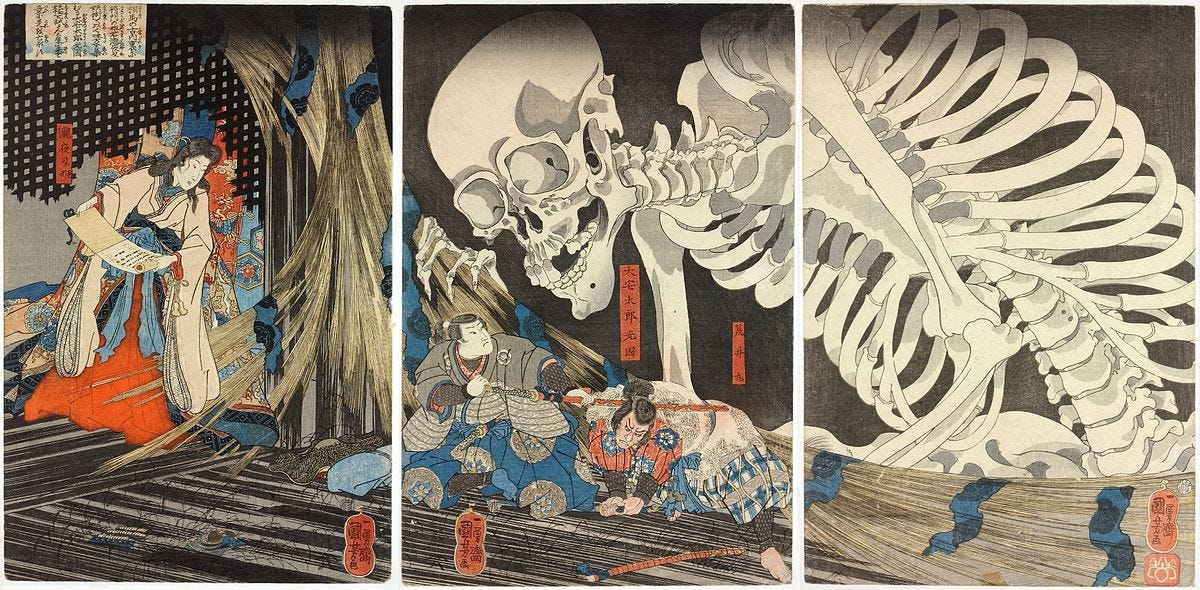Mononoke: When Art Overwhelms the Horror
Japan is the master of the horror genre. There is something for everyone – even for those who don't get scared as easily. From film (Audition, Ju-On: The Grudge, The Ring, Godzilla, etc.) to manga (Junji Ito's manga as the most famous examples) to anime, such as Another, Serial Experiments Lain, Yamishibai, Higurashi: When They Cry, Flowers of Evil, and so many more brilliant, eerie works of horror.
But there is one anime that takes the cake in being different: Mononoke (モノノ怪). It is a 2007 anime series produced by Toei Animation, which has produced numerous famous anime, such as GeGeGe no Kitarō, Sailor Moon, Dragon Ball, and One Piece. However, Mononoke remained pretty much under the radar and is still a severely underrated series.
It's a 12-episode avant-garde anime, composed of five different story arcs, which themselves are divided into chapters. Genre-wise, it's a blend of murder-mystery, psychological horror, and supernatural horror. It is set in feudal Japan, between the Edo period and Meiji era, with an outwardly simple plot: the mysterious protagonist, known only as the Medicine Seller, is on a mission to slay spirits called 'mononoke'.
Mononoke are yōkai that emerge out of people's negative emotions – be it grudge, revenge, greed, indignation, etc. They take various forms: nightmarish children, ayakashi, a potential kitsune in a Noh mask, a piece of wood called Toudaiji, a cat. And the Medicine Seller just happens to be in the right place at the right time, with his unusual and unexpected sword (at the time, only samurai were allowed to possess and carry swords). In order for him to unsheathe and use the sword, the Medicine Seller has to peer deep into a person's soul and thus acquire Shape (Katachi), Truth (Makoto), and Reason (Kotowari) of the mononoke.
What makes this horror anime unique isn't just its exceptional exploration of the human psyche or its superb depiction of the blood-curdling terror that the characters feel when faced with the supernatural - and the unconscious – but also its intricate aesthetics.
Highly influenced by kabuki, ukiyo-e, and even Genji Monogatari (or The Tale of Genji), the art and animation of Mononoke steal the show. Originating in the Edo period, kabuki theatre is characterised by elaborate costumes and make-up, also known as kumadori make-up. What is interesting about its name is that it can mean 'sing', 'dance', and 'skill' when reading the individual kanji, but it can also mean 'avant-garde' theatre. The ukiyo-e art genre often illustrates kabuki actors in its prints and paintings. The genre also originated during the Edo period, and it is characterised by vivid colours and dynamic poses.
The over-the-top facial expressions in the anime, though comical at times, express true horror, thus creating a sense of unease in the audience. However, that sense of unease feels strange when juxtaposed with the colourful, vibrant, almost-joyful visuals inspired by ukiyo-e and kabuki theatre. This whirlwind of contrasts destroys the usual pattern of the genre(s), leaving in their place something absolutely unforgettable.
Though not necessarily blood-curdling to the viewer, Mononoke understands fear and human nature to a fault. It is a brilliant piece of the avant-garde, and a beautiful celebration of the traditional art genres.








